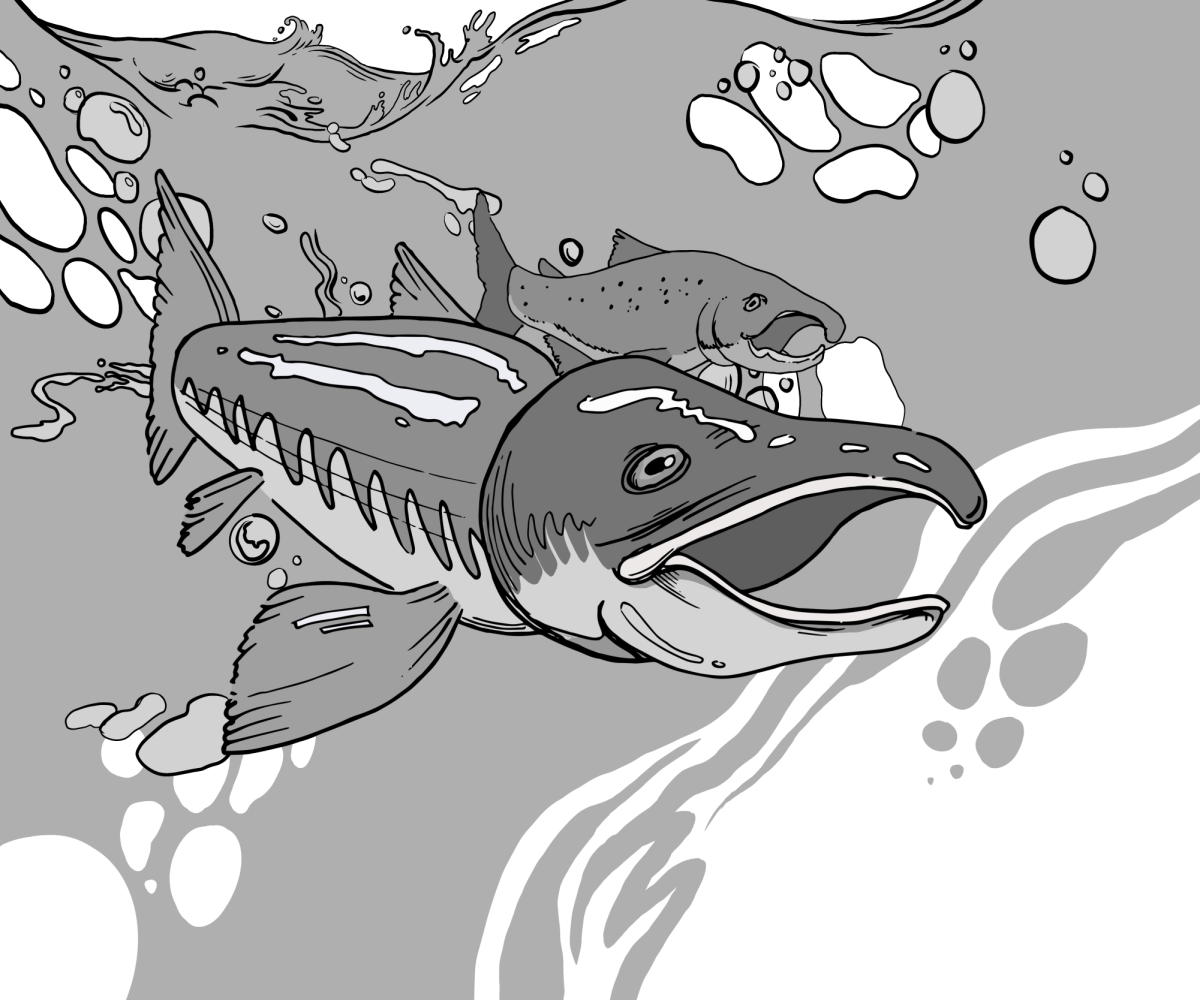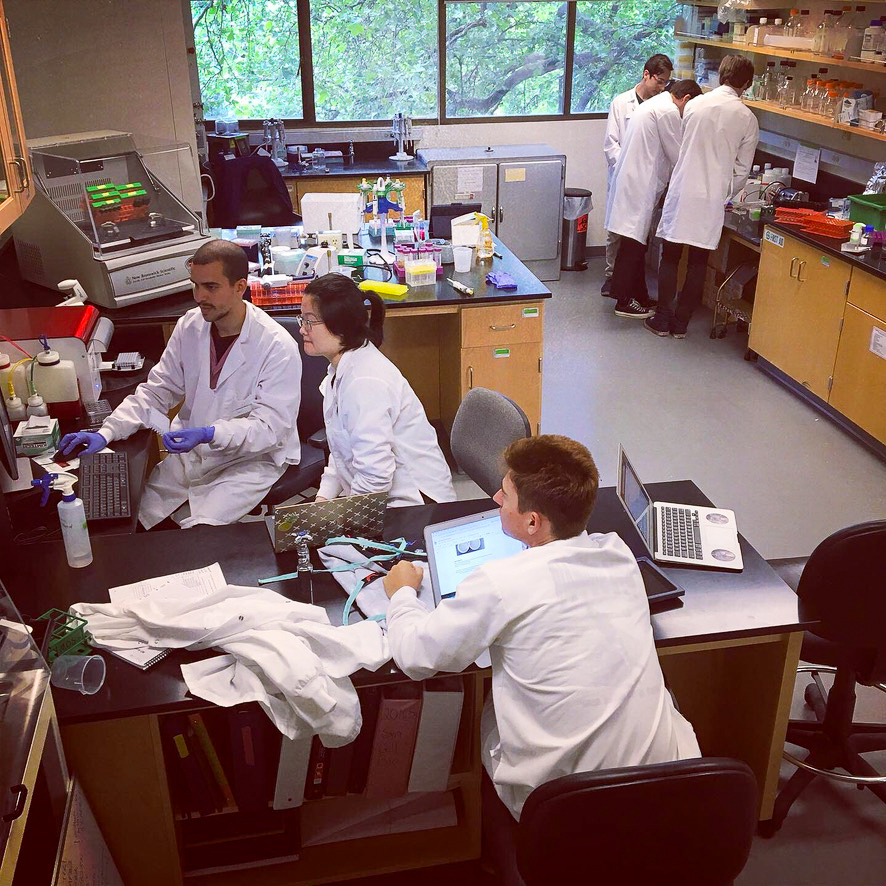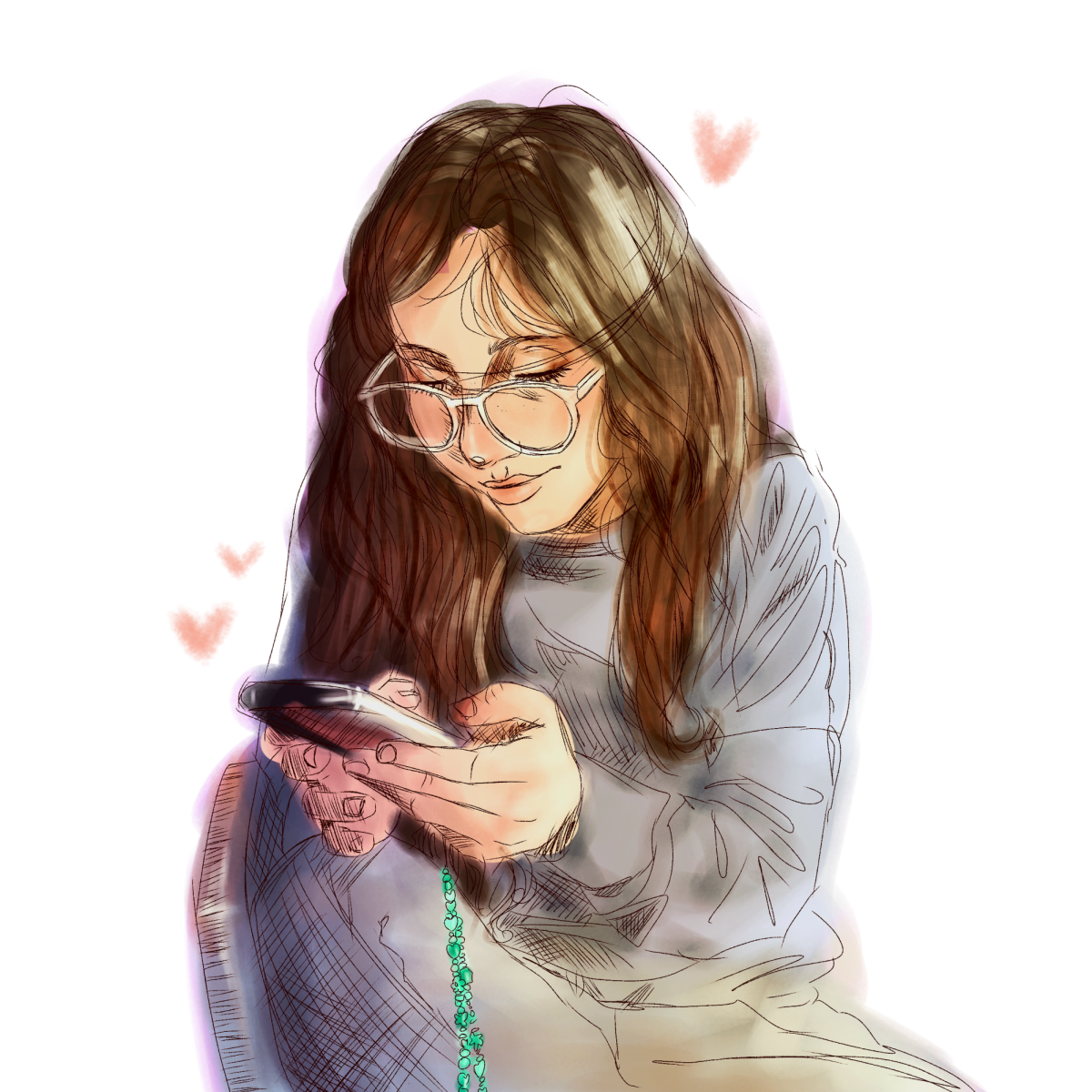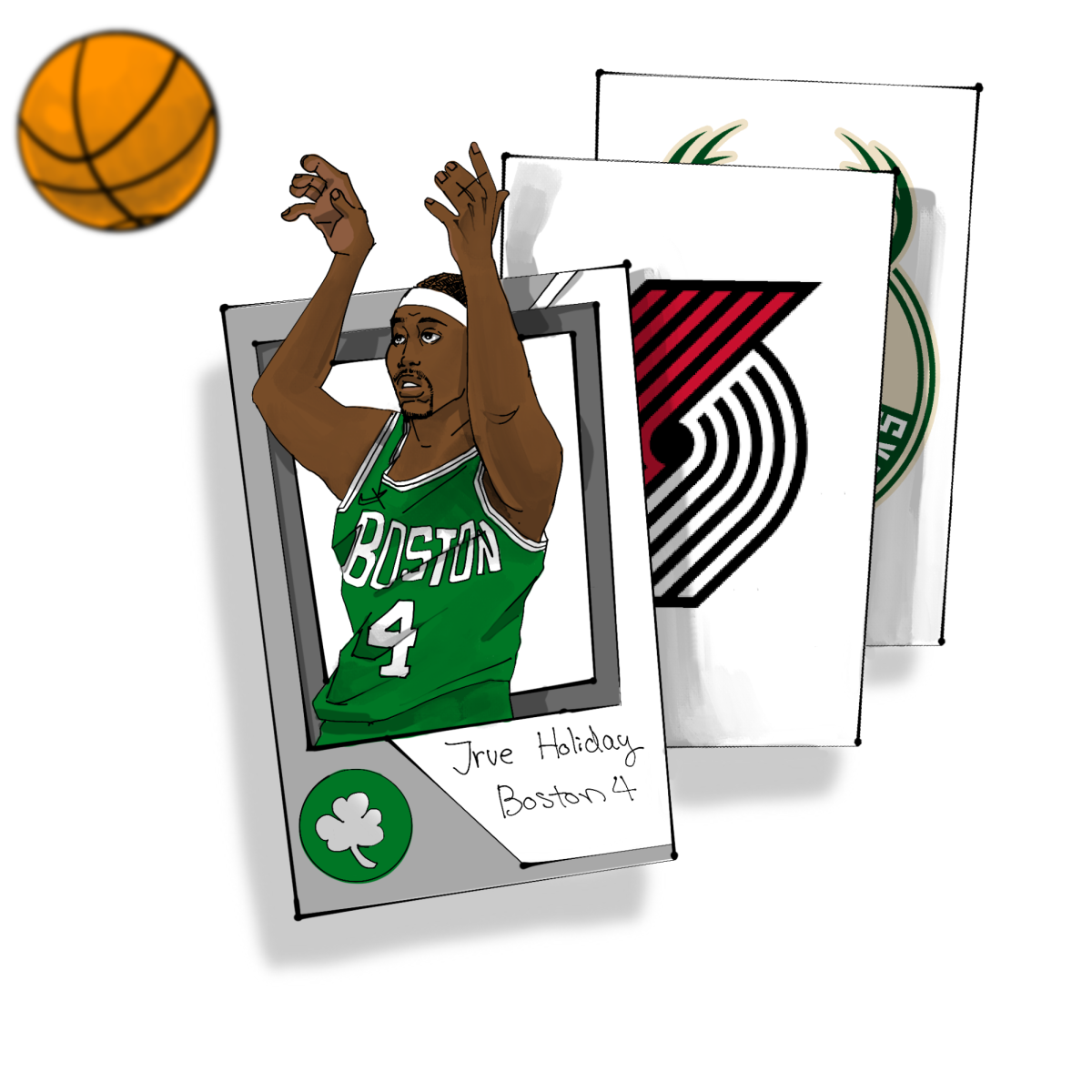Whitman students and local sculpture enthusiasts had the opportunity on Tuesday, Oct. 4 to meet world-renowned sculptor Deborah Butterfield, creator of the beloved Whitman campus fixture “Styx.” Butterfield delivered an hour-long lecture at Maxey Hall about her artistic career and vision.

Butterfield gained recognition in the art world for making horse figures out of a variety of non-traditional materials, including driftwood and scrap metal. Her work has been acclaimed by critics and exhibited worldwide, including in the Metropolitan Museum of Art in New York.
“I’d been a horse girl all my life, but was embarrassed about drawing horses and had been teased,” she said, explaining her journey towards focusing solely on the equine form.
Butterfield attended the University of California at Davis to study ceramics, but started to become disillusioned with the medium and made forays into sculpture. After recovering from a life-changing car accident while abroad in Europe, Butterfield returned to school, determined to pursue her passion.
“I said, ‘Screw this, I’m making horses,'” Butterfield said.
Butterfield noted the influence of the Vietnam War in her first horse sculptures.
“I decided I wanted to make a horse that’s me, and not a war horse . . . These horses were like a metaphorical substitute for myself, and I made them my size,” she said.
Despite the consistency of her figurative subject matter, Butterfield’s horses spring from a variety of inspirations, ranging from her father’s death to her marriage to the Sept. 11 attacks. Although she bases many of her sculptures on actual animals, Butterfield considers them to be abstract.
“They’re not horses . . . This is really a rectangular canvas on four legs, with a neck and a head and a tail.”
“Styx” was cast in bronze at the Walla Walla Foundry through the collaboration of Butterfield and the Foundry’s owner, Whitman alumnus Mark Anderson. The basis of the sculpture was driftwood taken from the Snake River.
Butterfield said she was initially hesitant to allow students to name the sculpture themselves.
“[Students sent in] some good names but it was really cool because ‘Styx’ was something I had considered using before. The idea that the kids here were so smart and well-rounded in literature: it’s such a delight; it’s such an amazing school. I was really thrilled and tickled to have it named Styx,” she said.
Butterfield feels that the sculpture’s permanent placement on campus deepens the connection of the viewer to the piece.
“Usually you spend just 7-30 seconds looking at art [but] people here have four years to look at the art on campus . . . There’s different kinds of art that are meant to have an impact and my art is very quiet, it’s kind of humble,” she said. “I think my work is like a prayer. They’re my animal prayers and they’re meant to be lived with. It’s like a daily practice.”
Michelle Acuff, professor of sculpture, had her students attend both the lecture and a field trip to the Foundry on the following day to observe and interact with Butterfield as she works.
“I think her work is incredibly relevant to what my students are doing in beginning sculpture [class],” said Acuff. “You don’t often get a world-class sculptor to come and chat with you . . . That’s a pretty rare opportunity.”
Charles Timm-Ballard, head of the art department, agrees that Butterfield’s work is beneficial to Whitman.
“Deborah’s work does what good art does: it asks you to question the nature of your experience,” he said. “We’re lucky to have a piece of sculpture on campus that operates at that level, and having the opportunity to hear the author of that work speak about her experiences as an artist is an extraordinary opportunity for art students and for anyone who would like deeper insight into creative processes.”
Butterfield acknowledged Whitman students’ playful interaction with “Styx,” mentioning the use of the sculpture to “model” different outfits, but also spoke seriously about the importance of interacting with the work on a personal level.
“I think the most important thing about artwork is that it helps us crawl out of our small limitations and develop empathy or that idea of other,” said Butterfield. “I believe that this is what animals are here to teach us too, that we can learn to speak without words . . . I want you to be able to stand next to my work and understand it with your skin and your muscles, not just your eyes and your brain.”











